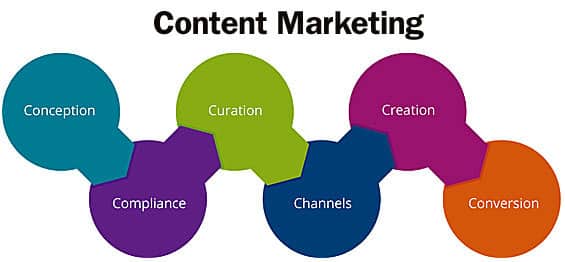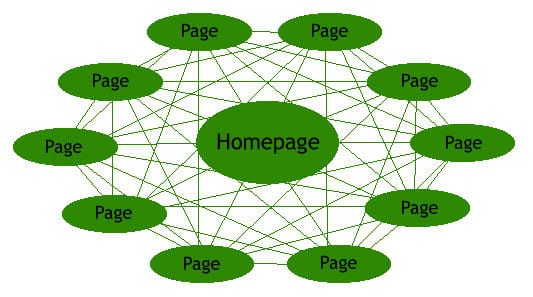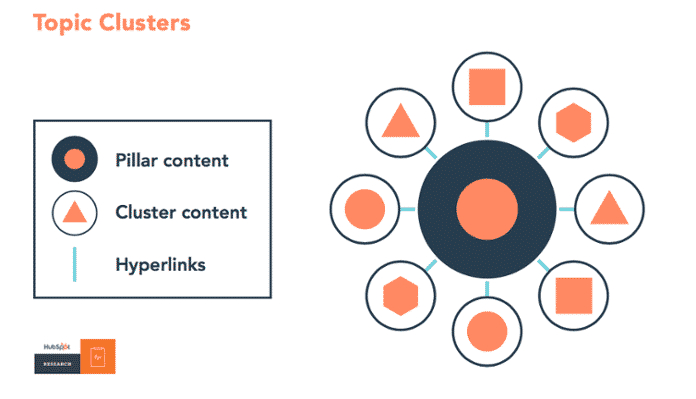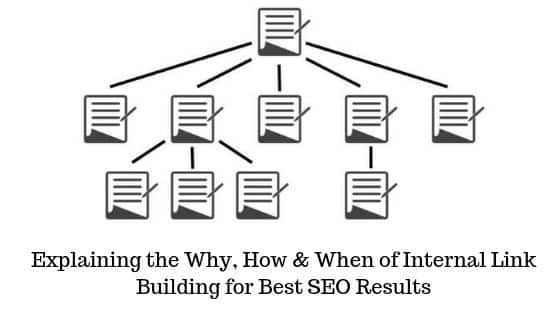Over the years, many business owners have underrated the effectiveness and output of Internal links. While most of them ignore its important facades, these links are an essential element to improve the ranking of a website.
One of the most crucial but benefit-driven SEO services is Internal link building.
Note: Do not confuse the result of External and Internal links to be the same.
If you think so, there is a lot to learn before your hands get tangled in the links.
 Internal Links
Internal Links
The links added to the content drive the reader to a whole different page but within the same website.

It aims to promote other topics, products, or services of their own business. While navigation tabs are a different story, to move across the pages of one website.
Links bring the topic to the reader’s attention as they are hyperlinked to a particular text within the content.
As an example, if you sell sports shoes and one of your adventurous write-ups mentions the text “Sports shoes”, the reader can immediately jump to the product page, and Boom… you just landed a sale.
By now you might have started liking the Internal linking process. So, taking this further, our next topic talks about ways to barge SEO results using Internal link strategies.
1: Paint the base with Content Marketing Strategy
If we ask you a simple question where do you put the internal links? The obvious answer comes “inside the content”.

The next step is pretty clear; i.e a business prepared with lots of informative blogs.
It is only after this, the purpose of internal linking suffices. The blogs, written and posted are meant to create additional links which marketers can keep on adding to every different content.
By adding more Internal links you are probably increasing the chance of a good SEO ranking. But, Google understands the difference between genuine links and stuffing.
Hence, trying to baffle Google with such a trick is definitely not a good idea.
2: Add links, deep into the website structure
A common practice that all marketers follow is linking blogs to the homepage and contact us page of the website.

It is one of the deadliest mistakes one can make….
The reason is quite simple… Such pages already have a connection with the reader over the navigation tab. They are already the good guys in the eyes of Google.
So, in order to manage the authority and ranking of the entire website you need to think deeply and go deeper. All your internal links should channel the readers into the roots of the website (although, not practically).
3: Internal links pointing to New Blogs
Needless to say, most of marketers and SEO optimizes create links on new blogs directing the readers to an existing one.
 However, think for yourself; Are you following the best way to increase traffic or change page authority?
However, think for yourself; Are you following the best way to increase traffic or change page authority?
The answer comes in negative because the sole reason is that existing blogs already have some share of readers. While it is the new blogs that need to come up in the search ranking.
Creating links of new blogs to a ranking blog might increase the chances of having higher page authority. This ray of light ultimately guides the business into higher page authority.
Thus, the strategy is to link existing and related topics to a new blog post, Google recognizes this as the sharing of fresh and innovative information.
4: Link Building with Topic Cluster

A piece of advice to all the experts in WordPress development services, Link building can be done in more ways than by just adding a hyperlink to the anchor text.
The creative and innovative site of Internal linking is known as topic clusters. It lies within the beauty of topic clusters to launch a good number of links on a single blog post.
By adding related articles, the business gives Google a chance to recognize topical authority and the pattern of posting the articles. And if Google gives an uptick, your website gains better recognition in SEO results.
5: The Critical role of Anchor text
At the beginning of the article, we discussed the importance of framing the content in link building.
Apart from the whole form of content, there is one tiny element helping in creating better SEO results; i.e anchor text.
While talking about the virtue of keywords, it must be kept in mind that, your keywords should act as anchor text. Rather than leveraging common terms like click here or contact us.
The reason is nothing like a jigsaw puzzle. The more natural an anchor text is, the better it will fly atop the search engine. You don’t want to optimize the anchor text, it may cause it to lose its natural touch.
6: Create links from a relevant source

If you think link building is just an additional activity in the large pool of SEO practices then you don’t know its virtue yet.
Such internal links are added to create value to the content, depicting the reliability of articles.
Yet, there is one important rule for creating internal links. One must link each topic to a relevant one, vague linking is entirely prohibited.
Adding internal links just because you want to promote a new blog is not a better reason to work with.
To understand more clearly, let’s put the idea into an example.
A website has a blog page telling the story of the health hazards of bike riding into the mountain hills. At the same time, there is another page talking about health conditions in old age.
Although both have the big picture of health in mind, their relevance to the reader’s mind is very little. So a business owner, you should attach only relevant subjects to each other.
Because while browsing over the blog about health hazards in bike riding, the reader may tempt towards safe places for bike rides.
The Not-so-difficult task of Internal Linking
The key to successful SEO results is consistency. Not in the ideas but in the event of generating new ones.
With a similar concept, link-building also needs to remain consistent. Discovery and ideas come only through the way of practice.
WordPress development counts internal links as the driving force of SEO. Start rotating your wheel with the above strategies, you might invent new and more effective ways of link creation.


